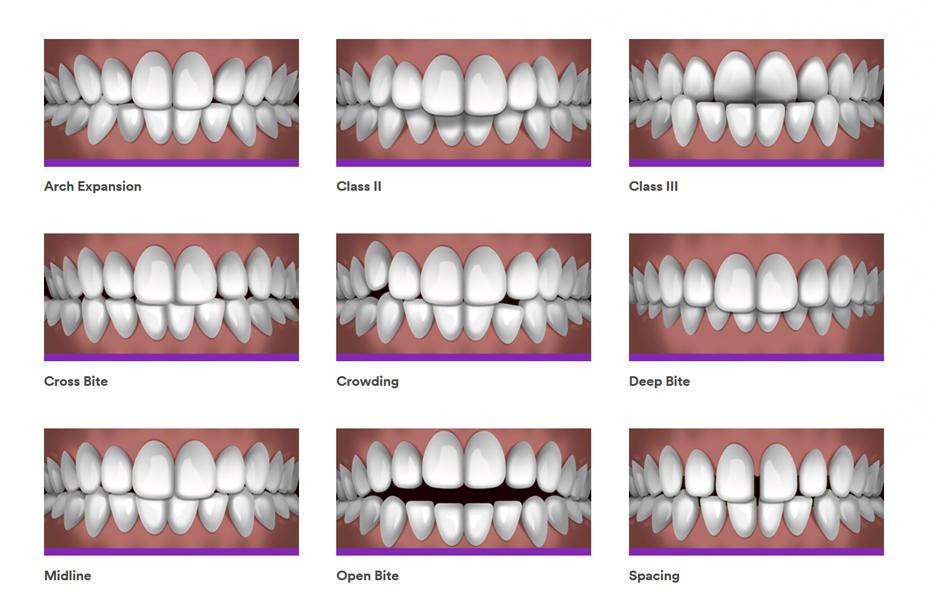Causey Orthodontics Can Be Fun For Everyone
Causey Orthodontics Can Be Fun For Everyone
Blog Article
The Only Guide for Causey Orthodontics
Table of ContentsAll About Causey OrthodonticsThe Ultimate Guide To Causey OrthodonticsThe 7-Second Trick For Causey OrthodonticsCausey Orthodontics for BeginnersSome Ideas on Causey Orthodontics You Need To Know
Overlooking occlusal partnerships, it was normal to remove teeth for a variety of oral issues, such as malalignment or overcrowding. The concept of an intact dentition was not widely valued in those days, making bite correlations appear pointless. In the late 1800s, the idea of occlusion was important for producing dependable prosthetic replacement teeth.As these ideas of prosthetic occlusion proceeded, it ended up being an invaluable device for dental care. It was in 1890 that the work and influence of Dr. Edwards H. Angle started to be felt, with his payment to contemporary orthodontics especially notable. Concentrated on prosthodontics, he educated in Pennsylvania and Minnesota before guiding his attention in the direction of oral occlusion and the treatments required to preserve it as a regular problem, hence coming to be known as the "father of contemporary orthodontics".

The idea of perfect occlusion, as proposed by Angle and integrated right into a classification system, made it possible for a shift in the direction of treating malocclusion, which is any deviation from typical occlusion. Having a full set of teeth on both arches was extremely looked for after in orthodontic therapy due to the requirement for specific connections in between them.
Causey Orthodontics for Dummies
As occlusion ended up being the essential top priority, face percentages and aesthetics were overlooked - best orthodontist near me. To accomplish suitable occlusals without utilizing outside pressures, Angle proposed that having best occlusion was the most effective means to get optimum facial appearances. With the passing of time, it became rather apparent that even an extraordinary occlusion was not suitable when taken into consideration from a visual perspective
Charles Tweed in America and Raymond Begg in Australia (who both examined under Angle) re-introduced dental care removal right into orthodontics throughout the 1940s and 1950s so they can improve face esthetics while likewise ensuring much better stability worrying occlusal partnerships. In the postwar duration, cephalometric radiography started to be made use of by orthodontists for measuring adjustments in tooth and jaw setting brought on by growth and therapy. It became noticeable that orthodontic therapy could adjust mandibular advancement, leading to the formation of useful jaw orthopedics in Europe and extraoral pressure procedures in the United States. These days, both useful devices and extraoral tools are used around the globe with the aim of modifying development patterns and forms. Subsequently, going after real, or at the very least enhanced, jaw relationships had ended up being the major objective of treatment by the mid-20th century.
The Main Principles Of Causey Orthodontics
 Up until the mid-1970s, braces were made by covering steel around each tooth. https://www.kickstarter.com/profile/6268642/about., it ended up being feasible to rather bond metal braces to the teeth.
Up until the mid-1970s, braces were made by covering steel around each tooth. https://www.kickstarter.com/profile/6268642/about., it ended up being feasible to rather bond metal braces to the teeth.Andrews offered an insightful meaning of the ideal occlusion in irreversible teeth. This has actually had significant impacts on orthodontic therapies that are provided frequently, and these are: 1. Correct interarchal partnerships 2. Right crown angulation (pointer) 3. Correct crown disposition (torque) 4. No turnings 5. Tight get in touch with factors 6. Apartment Contour of Spee (0.02.5 mm), and based on these concepts, he found a therapy system called the straight-wire home appliance system, or the pre-adjusted edgewise system.
The benefit of the layout hinges on its brace and archwire combination, which requires only marginal cable flexing from the orthodontist or medical professional (affordable orthodontist near me). It's aptly called hereafter feature: the angle of the port and thickness of the bracket base ultimately determine where each tooth is located with little need for added manipulation
The Only Guide for Causey Orthodontics
Both of these systems employed similar brackets for each tooth and demanded the flexing of an archwire in three planes for situating teeth in their wanted placements, with these bends dictating best positionings. When it involves orthodontic appliances, they are separated into 2 types: detachable and dealt with. Removable home appliances can be tackled and off by the individual as required.

Therefore, practically all contemporary set home appliances can be considered variants on this edgewise appliance system. Early 20th-century orthodontist Edward Angle made a major payment to the world of dentistry. He developed four distinct appliance systems that have been utilized as the basis for many orthodontic treatments today, preventing a few exemptions.
Causey Orthodontics Can Be Fun For Anyone

The wire finished in a thread, and to relocate forward, a flexible nut was made use of, which allowed for a boost in circumference. By ligation, each individual tooth was attached to this extensive archwire (orthodontist near me). Due to its minimal series of activity, Angle was not able to attain specific tooth positioning with an E-arch
These tubes held a firm pin, which can be rearranged at each consultation in order to relocate them in position. Called the "bone-growing home appliance", this contraption was thought to urge much healthier bone growth as a result of its possibility for transferring force directly to the roots. Nevertheless, implementing it verified frustrating in truth.
Report this page